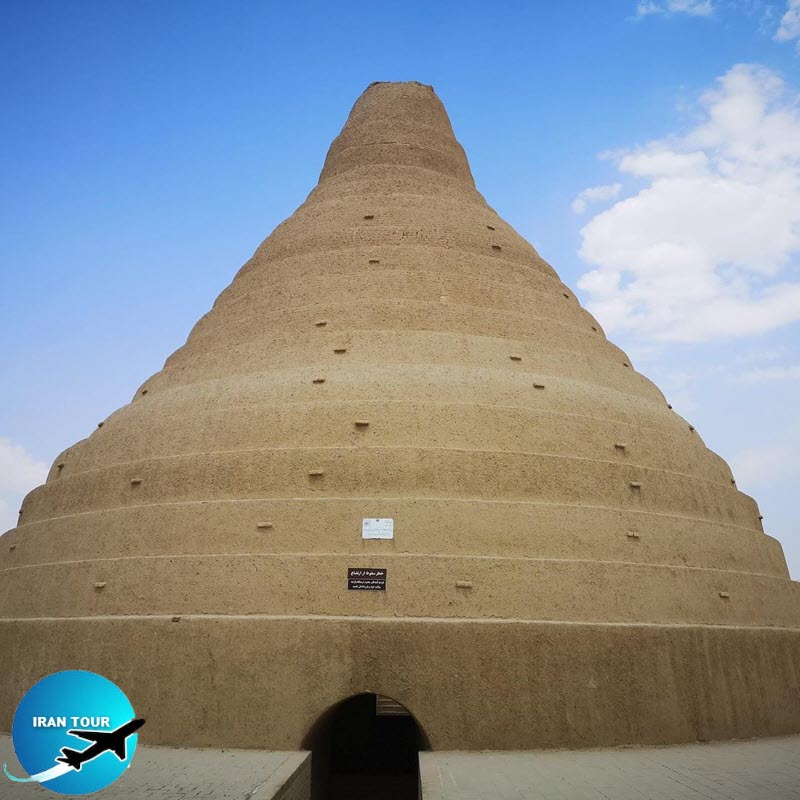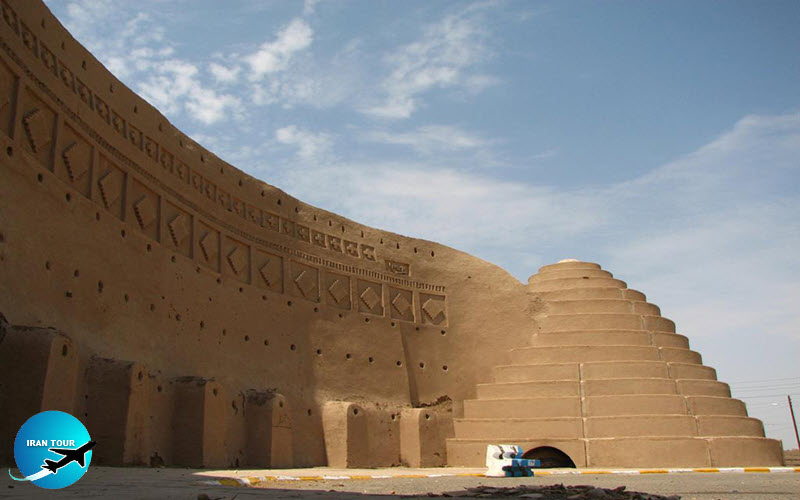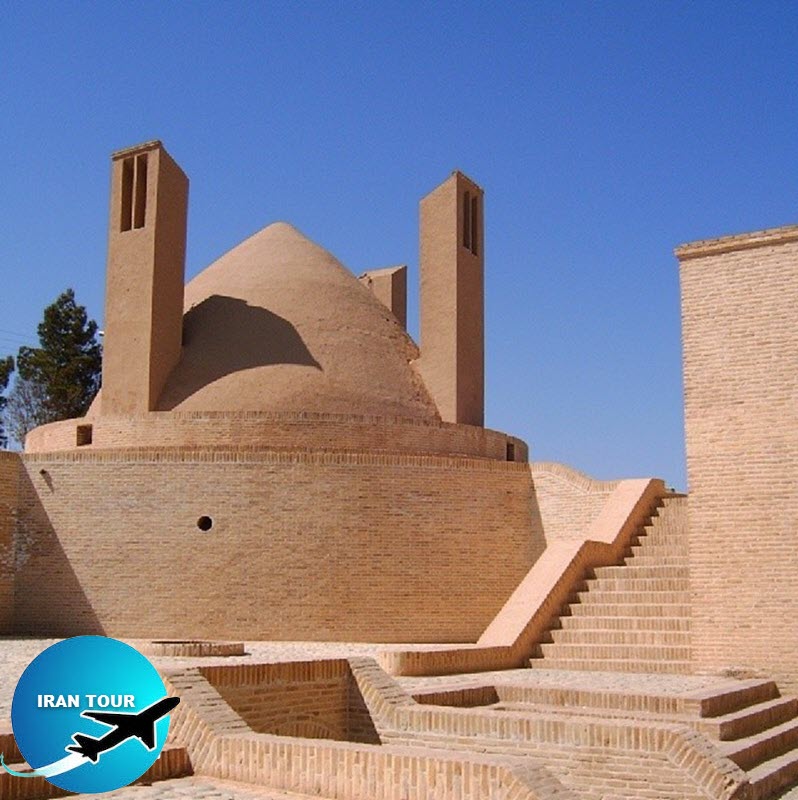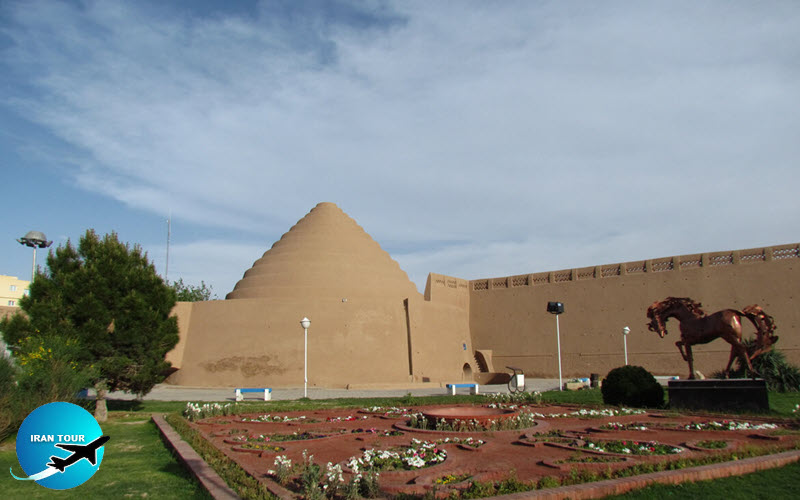Copyright 2020 - 2021 irantour.tours all right reserved
Designed by Behsazanhost
Moayedi Yakhchal or Ice House
Moayedi Yakhchal or Ice House
Living in difficult desert conditions is associated with various problems. High heat - spoilage of food - high heat of drinking water - and other problems of hot desert areas. Our intelligent ancestors invented the natural refrigerator using natural and stable factors. A natural practical tool in desert areas without any destructive effect on nature. A natural refrigerator in hot cities can keep the ice without using any active source of energy. This is very hard to imagine but scarcity causes intelligent creativity. For this reason, they used all-natural solutions to deal with heat. Some of them are the windcatchers, and the Qanats, and finally, the most ingenious inventions were refrigerators.
This shows the intelligence of man in peacefully living with nature. A Yakhchal is an ancient type of refrigerator. In Persian, it means “pit of ice” (“yakh” meaning ice and “chāl” meaning pit). It was supplied in the coldest part of winters and kept until the threshold of the following winter for use. Drinking cold drinks and having cool water can be pleasurable and satisfying.
 |
There have been various ways to preserve ice throughout history. The Greeks and Chinese had been used different methods to preserve ice. But, the explorers stressed that the method of preserving ice in Iran has been so professional and simple that even the poor people could afford ice. In the Southern parts of Iran, due to the high temperature and humidity the temperature was rarely below freezing thus there was no Yakhchal there. Also, the shores of the Caspian Sea in northern Iran also lacked Yakhchal due to the mild Mediterranean climate.
 |
The tools needed to prepare ice in refrigerators are:
- A shallow pool
- A high wall with shadow
- A deep space with a dome or the same Yakhchal.
They dig a deep pitfall northward with a dome ceiling, and in front of it, a square pond with a length of sixteen to twenty and a depth of around forty or fifty centimeters. At night, they fill them with water, and in the mornings when it is completely frozen and this act repeats during all cold seasons. Then they break the ice and store pieces of ice in the yakhchal. They chop ice into smaller pieces because the more chopped the better frozen then.
Ice conservation
Non - conductors were essential in keeping and storing ice for a long time, in doing so, people
store ice in an underground well. Three types of wells were prevalent in Iran and will be described as follows.
 |
-Hunched Yakhchal
In the desert of the northeast and the center, people built a large adobe vault over the wells.
A shadow wall is usually located in the northern part of the arches and in the northern part of this wall there was a pond for ice water. The thickness of this wall for this Meibod vault was 2 meters and the length of the south wall was 42 meters. The east and west lengths of the walls were 20 meters. They each often had 2 north and south doors. The north was used in winters to slide ice into the Yakhchal, the south was open in summer to deliver ice to people. When not in use, the doors were padded with adobe and mud. In the southern part of the wells, a staircase was built to provide access to deeper layers of ice.
-Vaulted Yakhchal
 |
In the northeastern and central deserts, people constructed a big adobe vaults above wells. A shadower wall is usually located in the northern part of the vaults and in the northern part of this wall there was a pond for freezing water. The thickness of this wall for that vault in Meibod was 2 meters and the southern wall length was 42 meters. Eastern and western lengths of walls were 20 meters. They each often had 2 doors northern and southern. The northern one was used in winters to slide ice into the Yakhchal the southern one was opened in summers for delivering ice to people. When they were unused, the doors were wadded with adobe and mud. In the southern part of the wells, a set of stairs was constructed to give access to deeper ice layers.
-Yakhchal underground
Another type of Yakhchal was in the north-central and western parts of Iran, and its function was like the vaulted Yakhchal but its physical appearance was different. Most parts of them are located underground. They had a thick wall made of bricks and sand and were covered with cement resembling hydraulic mortar and Sarooj.
-Yakhchal without a roof
The third was a Yakhchal without a roof. It was built in Isfahan. Like other types of Yakhchal, it was used until 30-40 years ago. Its length was 4 to 5 meters and its height was 12 meters. To the north of it, people built a 5x5x12 swimming pool. As mentioned earlier, they provided ice cream overnight and at dawn. People transferred them to the pool.
 |
Moayedi Yakhchal
This 400-year-old Safavid Ice-house is one of the hundreds of old Yakhchal in the desert cities of Iran that have provided ice and cold water for the people. Moayedi Ice House in Kerman is one of the best examples of an Iranian Yakhchāl. This Yakhchal consists of different parts like a tank, a barrier, a pool, and an ice storage facility. The unique cone-shaped design of these buildings allows for cool air to enter and circulate inside the structure, while at the same time, guiding the heat upwards and outside through the holes on top of the building. The mud bricks used in this great structure do an amazing job of thermal insulation in order to maintain the cooler temperature inside the ice house.
- Details
- Category: Kerman HISTORICAL SITES